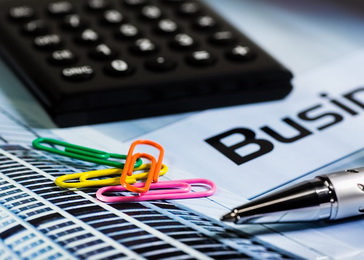 The credit assessment house Dun and Bradstreet (D&B) assessed in its July report that this is the most unstable period for the Western Balkans in the 21st century and kept Serbia rated DB5, a label for countries with high business risk, as published on 21 July. A lower rating than Serbia in the region is held by Bosnia and Herzegovina. D&B analysis list protests as a problem in Macedonia, the interconnected government crises in B&H, while for Kosovo they say it is in a state of political disintegration and mass population exodus. D&B listed, as an external risk for Serbia, problems in Greece, an important trade partner for Serbia, while as an internal factor largely impacting the business environment it notes the grey economy.
The credit assessment house Dun and Bradstreet (D&B) assessed in its July report that this is the most unstable period for the Western Balkans in the 21st century and kept Serbia rated DB5, a label for countries with high business risk, as published on 21 July. A lower rating than Serbia in the region is held by Bosnia and Herzegovina. D&B analysis list protests as a problem in Macedonia, the interconnected government crises in B&H, while for Kosovo they say it is in a state of political disintegration and mass population exodus. D&B listed, as an external risk for Serbia, problems in Greece, an important trade partner for Serbia, while as an internal factor largely impacting the business environment it notes the grey economy.
As stated by the credit assessment house Rating, representing D&B in Serbia and Montenegro, stability in the region is declining, and Macedonia, Bosnia and Herzegovina and Kosovo are in a state of severe political crisis.
Within the report, encompassing business risks in 132 countries worldwide, Serbia is in the group of high risk countries, accompanied by Greece, Cyprus, Kazakhstan, Azerbaijan and Georgia from among European countries.
The rating awarded by D&B to a country indicates the risk of the business environment and provides information on the efficiency of international payments, as well as the profitability of potential investments.
D&B is assessing that foreign policy events can have direct and indirect impact on the Serbian economy if Greece leaves the Eurozone. Additionally, Serbia is exposed to the indirect effect of Greece’s potential exit through other countries, Eurozone members, with whom Serbia is tightly integrated.
As an internal factor significantly impacting the business environment in Serbia D&B lists that one of the key problems in doing business is the grey economy that, according to a recent analysis by the Fiscal Council of Serbia, represents around 30% of the gross domestic product (GDP).
Source: Beta, taken from www.euractiv.rs
 Government of the Republic of Serbia
Government of the Republic of Serbia




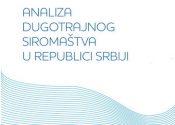
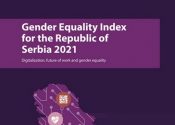
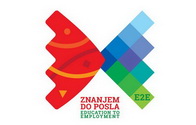

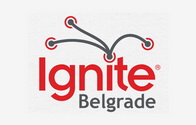
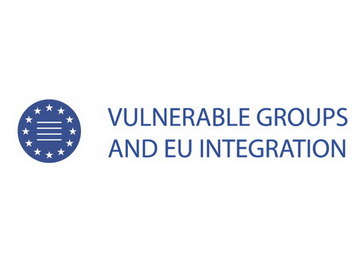
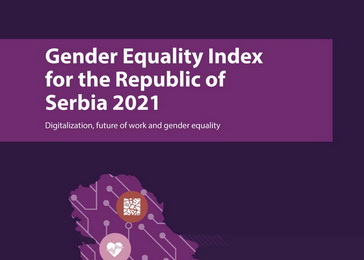
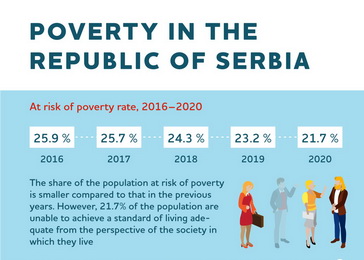


 pdf [271 KB]
pdf [271 KB]
Leave a Comment